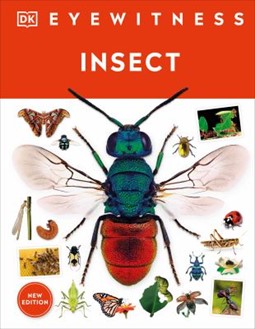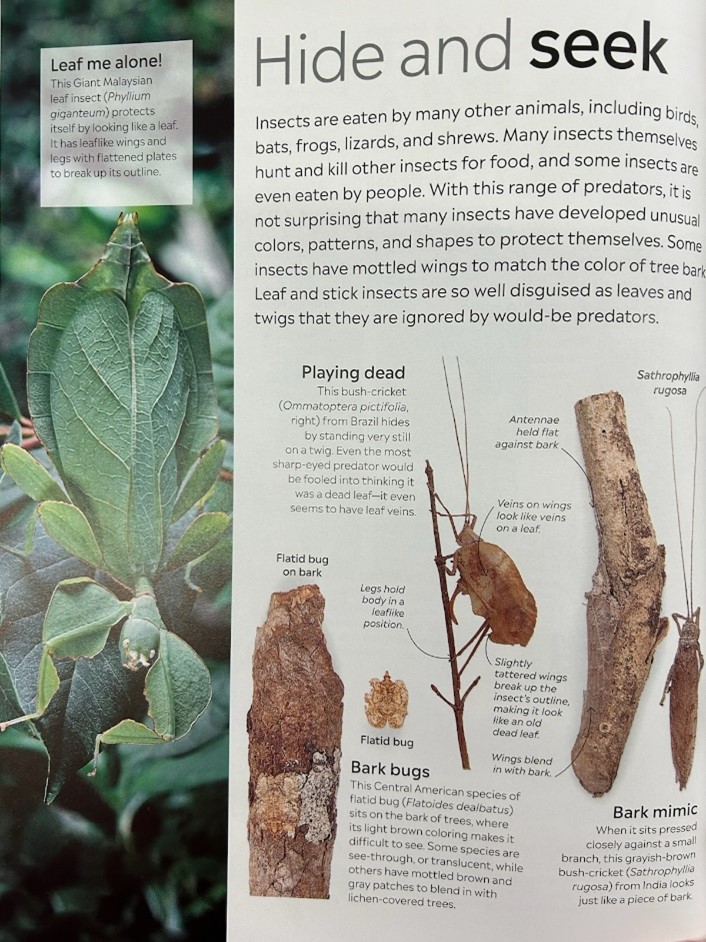Nonfiction Is for Browsing!
How To Read "Browseable" Nonfiction
Browseable nonfiction? What’s that?! Well, I recently 5 Kinds of Nonfiction, a book about the importance of nonfiction reading in children’s lives, how to improve educators’ readers advisory skills, encourages and gives examples of how library staff can incorporate nonfiction in programs, and the breakdown of the five kinds of nonfiction.
Note: Juvenile Nonfiction (J Nonfic) can be found in all of the Tulsa City-County Library locations and is organized by category using the Dewey Decimal system (000s, 100s, etc.). Ask a friendly librarian or staff person to show you around the wonderful world of J Nonfic!
The five kinds of nonfiction are: traditional, browseable, and active nonfiction categorized under “commercial nonfiction,” then expository literature and narrative nonfiction categorized under “literary nonfiction.” In this post, I will focus on browseable nonfiction.
Browseable nonfiction is nonfiction that has an expository writing style, or writing that informs, describes, or explains the content in the book rather than telling a story. It is also characterized by short blocks of straightforward text, filled with photographs and illustrations, and can be read by cover to cover or by skipping around.
DK Eyewitness book: Insect is a great example of browseable nonfiction.

I, personally, love browseable nonfiction! The freedom to flip to any page and discover something new without feeling overwhelmed is what I like best about browseable nonfiction. This type of nonfiction also provides a lot of opportunities for talking with your children.
For example, on this page in the Insect book, allow your child to explore the page on their own and when they ask a question, engage in conversation with them. Quietly observe what parts of the page spark their interest and follow their lead on what they’d like to learn more about. I asked my child if he could spot the leaf bug on the page, and he eventually pointed to the bug. We talked about why some bugs use camouflage to protect themselves while other bugs have bright colors that also is used for protective purposes. Later, he told me that he liked looking at pictures of the beetles, which provides an opportunity to seek more juvenile nonfiction books specifically about beetles.

Have fun exploring the pages of the browseable nonfiction books your child chooses!
-Kena Hardin, Children’s Library Associate, Central Library